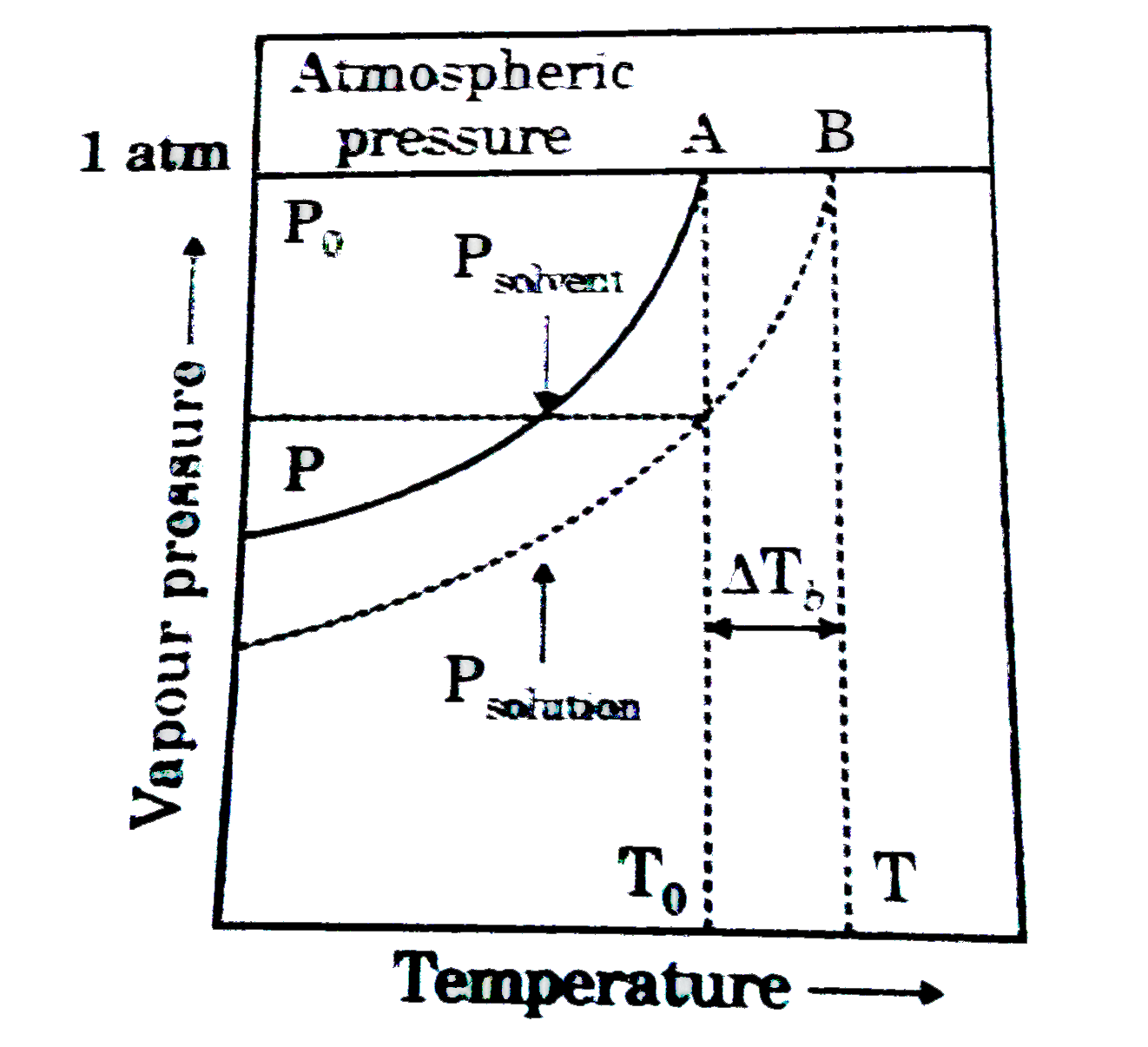Ratio of △TbKb of 10 g AB2 and 14 g A2B per 100 g of solvent in their respective, solution (AB2andA2Bboth are non-electrolytes ) is 1 mole/ kg in both cases. Hence, atomic wt. of A and B are respectively :Solution in Punjabi
100, 40
60, 20
20, 60
None of these
The correct Answer is:b
Step by step video & image solution for Ratio of (/_\T_(b))/(K_(b)) of 10 g AB_(2) and 14 g A_(2)B per 100 g of solvent in their respective, solution (AB_(2)and A_(2)Bboth are non-electrolytes ) is 1 mole/ kg in both cases. Hence, atomic wt. of A and B are respectively : by Chemistry experts to help you in doubts & scoring excellent marks in Class 11 exams.
Updated on:21/07/2023Topper's Solved these Questions
- DILUTE SOLUTIONBOOK - NARENDRA AWASTHICHAPTER - DILUTE SOLUTIONEXERCISE - Level 1 (Q.62 To Q.91)
1 Videos
- DILUTE SOLUTIONBOOK - NARENDRA AWASTHICHAPTER - DILUTE SOLUTIONEXERCISE - Level 2
3 Videos
- CHEMICAL EQUILIBRIUMBOOK - NARENDRA AWASTHICHAPTER - CHEMICAL EQUILIBRIUMEXERCISE - Level 2
1 Videos
- ELECTROCHEMISTRYBOOK - NARENDRA AWASTHICHAPTER - ELECTROCHEMISTRYEXERCISE - Level 3 - Subjective Problems
1 Videos
Similar Questions
If 1m solution of benzoic acid in benzene has a freezing point depression of 3.84∘C . (Kf=5.12∘Cmol−1kg) and boiling point elevation of 2.53∘C(Kb =2.53∘Cmol−1kg), then select the correct statement/s :lt brgtstatement I : there are dimar formation when under =going freezing
Statement II : there are no change when undergoing boiling
Statement III : reverse of I and II ltbr> Statement IV : dimer formation in freezing and boiling state
View SolutionWrite bond line formula for cyclohexanone.
View SolutionCalculate ΔrG for the reaction at 27∘C
H2(g)+2Ag+(aq)⇔2Ag(s)+2H+(aq)
Given : PH2=0.5 bar, [Ag+]=10−5M,
[H+]=10−3M,ΔrG∘[Ag+(aq)]=77.1kJ/mol
View SolutionCalculate the oxidation state of nitrogen ( N ) in NO2
View SolutionThe equilibrium constant for
A(g)+B2(g)⇔AB2(g) kp=100 at 522K.
Structure of AB2 is like H2O . If bond energy of A−B bond is 200kJ/mol and that of B−B bond is 100kJ/mol, the find ΔS∘ of the above reaction :
View SolutionRatio of DeltaT_(b)//K_(b) for 6% AB_(2) "and" 9% A_(2)B (AB_(2) "and" A_(2)B both are non-electrolytes ) is 1 mol/kg in both cases. Hence , atomic masses of A and B are respectively :
View SolutionFigure explains elevation in boiling point when a non-volatile solute is added to a solvent. Variation of vapour pressure with temperaure and elevation in boiling point is marked.

Ratio of ΔTb/Kb of 6%AB2 and 9%A2B(AB2 and A2B both are non-electrolytes) is 1 mol/kg in both cases. Hence, atomic masses of A and B are respectively.
View Solutionएक विलयन में दो साम्य AB<⇒A++B− तथा AB+B−<⇒AB−2 एक साथ उपस्थित है, जिनके साम्य सिथरांक क्रमश: K1 तथा K2 है। विलयन में A+ का AB−2 से अनुपात है:
View SolutionRatio of ΔTbKb of 10 g AB2 and 14g A2B per 100 g of solvent in their respective, solution (AB2 and A2B both are non-electrolytes) is 1 mol/kg in both cases. Hence, atomic wt. of A and B are respectively.
View SolutionRatio of DeltaT_(b)//K_(b) of 6% AB_(2) and 9% A_(2)BAB_(2) and A_(2)B both are non-electrolytes is 1 mol/kg in both cases. Hence atomic masses of A and B are respetively.
View SolutionA and B are two elements which form AB2 and A2B3 if 0.18 mole of AB2 weights 10.6 g and 0.18 mole of A3B3 weighs 17.8 g.Then
View SolutionThe element 'A' and 'B' combine together to give two compounds A2B3 and AB2 . The weight of 0.2 mole of A2B3 is 26 gm . The weight of 0.3 mole of AB2 is 24 g m . Then the atomic weight of A and B respectively
View SolutionRatio of ΔTb/Kb both are non-electrolytes) is 1 molal in both cases. Hence atomic masses of A and B are respectively:
View SolutionRatio of (/_\T_(b))/(K_(b)) of 10 g AB_(2) and 14 g A_(2)B per 100 g of solvent in their respective, solution ( AB_(2)and A_(2)B both are non-electrolytes ) is 1 mole/ kg in both cases. Hence, atomic wt. of A and B are respectively :
View SolutionA एवं B दो तत्व है, जो AB2 एवं A2B3 योगिक बनाते है| यदि AB2 के 0.2 मोल का द्रव्यमान 8 g एवं A2B3 के 0.1 मोल का द्रव्यमान 7g है, तो A व B के परमाणु द्रव्यमान ज्ञात कीजिए :
View Solution
